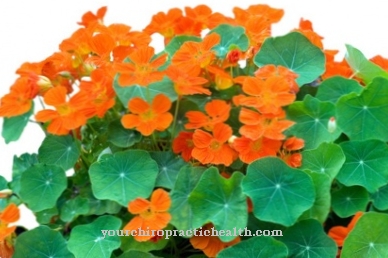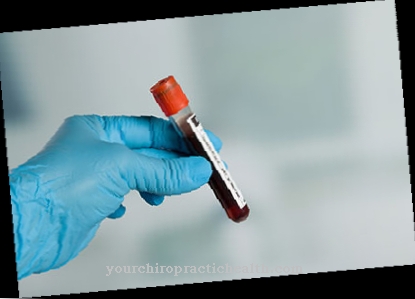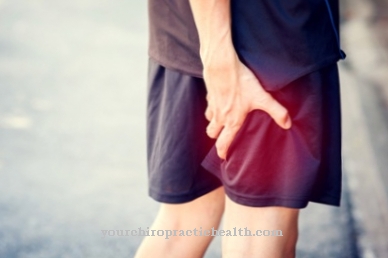The Schistosomiasis or. Schistosomiasis is a tropical disease caused by flukes (trematodes). The main areas of distribution of the worm larvae are the inland waters of the tropical and subtropical areas of Africa, South and Central America and Asia.
What is schistosomiasis?
.jpg)
© Dr. N. Lange - stock.adobe.com
The worm disease Schistosomiasis can affect both humans and animals. It is estimated that around 200 million people worldwide suffer from schistosomiasis. There are four different Schistosoma pathogens that can cause schistosomiasis of the urinary tract, the intestine or the liver.
For their development as an intermediate host, the schistosomes need a certain freshwater snail, in which they go through various stages of development from egg to tail larva.
The pathogen was discovered by the German doctor Theodor Bilharz in 1852, after which the disease was named. Schistosomiasis causes acute and chronic complaints up to serious organ damage. If left untreated, the disease can lead to death. With timely treatment with wormers there are good chances of recovery.
causes
With Schistosomiasis infected humans and animals excrete the trematode eggs with the stool and urine. If the excretions end up in surface waters, the eggs are ingested by freshwater snails (intermediate hosts) in which they develop into larvae within a few weeks before they are excreted again.
In the stage of the tail larva, they swim in inland waters and when they come into contact they adhere to the skin of humans and animals (final host). Then the larvae penetrate the human body through the skin and the cycle begins again.
The reasons for the widespread occurrence of schistosomiasis are poor hygienic conditions of sanitary and water treatment systems in the affected areas.
Symptoms, ailments & signs
The first signs of schistosomiasis are usually an itchy rash that appears a few days after the larvae have penetrated the skin. About three to ten weeks later, the second phase of the disease begins with chills, fever, headache, muscle and limb pain, and swelling of the lymph nodes, liver and spleen is possible.
Occasionally, this so-called Katayama syndrome can be life-threatening, but in many cases the person affected does not feel any symptoms worth mentioning even in this second phase.If left untreated, the disease will move into a third phase after several weeks, which is known as chronic schistosomiasis. The symptoms depend on which organs are attacked by the schistosomes: mild cases of intestinal schistosomiasis are noticeable in abdominal pain, a general feeling of illness and unwanted weight loss; bloody, slimy diarrhea suggests an intestinal inflammation.
Blood in the urine, often associated with an increased urge to urinate and a burning sensation when urinating, may indicate involvement of the urinary and genital organs. In the worst case, damage to the bladder mucous membrane can result in bladder cancer. If worm eggs get into the portal vein system of the liver, internal hemorrhages are sometimes the result; in an advanced stage, liver dysfunction can lead to an accumulation of water in the abdomen (ascites). Occasionally, nervous system involvement causes neurological breakdowns and convulsions.
Diagnosis & course
The incubation period at Schistosomiasis takes between three and ten weeks from the penetration of the larvae to the development of the first symptoms. The tail larvae have special adhesive organs with which they adhere to the skin of the final hosts.
After adhering to the skin, the larvae manage to penetrate the skin and the underlying tissue within a few minutes. The intrusion itself is usually not noticed. Sometimes small itchy spots form at the entry point due to the secreted enzyme of the larvae, but they soon disappear again.
Once in the blood and lymphatic system of the ultimate host, they reach the liver, where they develop into sexually mature flukes within a few weeks. During this phase, various symptoms such as fever, abdominal pain, headache and body aches occur. Often, swollen lymph nodes, liver and spleen can also be felt.
The secreted eggs travel through the bloodstream to other organs (urinary bladder, intestines, lungs, kidneys and central nervous system) where they cause inflammation that makes the disease chronic.
Diagnosing schistosomiasis is relatively simple. As soon as the trematodes begin to lay eggs, these are microscopically visible in the excretions of the ultimate host. The immune system produces antibodies that can also be detected in the blood. If the disease has already manifested itself, the trematode eggs can also be detected by biopsies of affected organs such as the intestinal mucosa, bladder wall or liver.
Complications
In the event of insufficient or no treatment, various complications can arise in the course of schistosomiasis. If the initially occurring fever rises above 41 degrees Celsius, this can lead to serious circulatory problems. There is an acute danger to life in children, the elderly and the sick. If left untreated, schistosomiasis develops into a chronic infection.
Depending on where the worms lay their eggs, different symptoms can arise. Liver involvement can lead to the formation of varicose veins in the esophagus. Fistulas are conceivable in the intestines and bladder. This can be accompanied by watery or bloody diarrhea, which carries the risk of dehydration or anemia.
In addition, the intestine is extremely susceptible to other pathogens in the acute phase of the disease and tends to form mucous membrane growths. A malignant degeneration of the bladder is also possible and leads to bladder cancer. If the course is particularly unfavorable, schistosomiasis ends with the death of the patient. Treatment of schistosomiasis can also cause adverse events. Occasionally there is dizziness, hives or gastrointestinal discomfort. Some patients also have an allergic reaction to the drugs used.
When should you go to the doctor?
Schistosomiasis should always be treated by a doctor. Self-healing cannot occur, so that a doctor must be consulted in order to treat the schistosomiasis properly. In the worst case, the affected person can die. A doctor must then be consulted if the person concerned suffers from a severe rash on the skin with itching.
As a rule, this rash occurs without a particular reason and has a very negative effect on the quality of life of the person affected. There is also severe pain in the limbs and, in most cases, swollen lymph nodes. The swelling of the spleen or liver is also an indication of schistosomiasis.
First and foremost, a general practitioner can be seen. In emergencies or acute complaints, you can go to the hospital or call an emergency doctor. This disease may also reduce the life expectancy of the person affected.
Treatment & Therapy
Treatment of the acute phase at Schistosomiasis is based on two pillars. On the one hand, the acute symptoms are treated with antipyretic and pain reliever medication. Special anti-worming agents such as praziquantel are also administered to kill the trematodes and worm eggs.
The success of the therapy depends mainly on how severe the extent of the worm infestation is and whether the disease has already entered the chronic phase. Schistosomiasis has also been linked to an increased incidence of bladder cancer, pneumonia and cirrhosis of the liver in the contaminated areas.
prevention
Since to this day no drug prophylaxis against the Schistosomiasis If the pathogen is available, infection can only be prevented by taking preventive measures. When traveling to areas that are contaminated with the schistosomiasis pathogen, any contact with inland waters should be avoided.
This applies above all to swimming and diving in lakes and rivers in the corresponding regions. Infection can also take place with drinking water if this is contaminated with trematode eggs. Therefore, tap water should not be drunk that has not been boiled beforehand. A vaccine has been developed against one of the four subtypes of schistosomiasis pathogens, but it is still in the testing phase.
Aftercare
After the treatment of schistosomiasis (schistosomiasis) with fever-lowering, pain relievers and possibly special drugs to kill trematodes, the organism needs a recovery phase to rest. Patients should follow the doctor's advice carefully, especially if the worm infestation was quite severe and chronic disease has developed. There are currently no preventive medications against the infection.
It is all the more important to take some security measures. Those affected should see a doctor early if there are any signs. Self-help measures do not replace treatment or comprehensive aftercare. Even if patients are on the mend, they should keep an eye on their symptoms in case another medical intervention is necessary. Depending on the general condition, the pathogens can cause dangerous organ damage.
This is particularly risky for people who already have a previous illness. With the necessary attention and caution, any problems will be noticed at an early stage. Then a short-term doctor's appointment should be arranged to examine the condition of those affected in detail. The subsequent medical advice will help the patient recover and strengthen the organism again. However, the body needs a certain amount of time to completely recover.
You can do that yourself
Before going abroad, travelers should always find out about the local and hygienic conditions of their travel destination sufficiently and in good time. Tour operators or the Foreign Office can answer open questions about the circumstances abroad and help clarify possible health conditions at the desired location.
Since the disease is widespread in tropical or subtropical areas, it should be discussed with the treating family doctor before departure whether vaccinations should be carried out or whether the person affected should take precautions to support their own organism. Although there is no vaccination for this disease in particular, it must still be checked whether the general condition needs to be protected from other germs. The pathogen causing schistosomiasis can cause serious and life-threatening organ damage. Therefore, people who suffer from previous organic diseases are particularly at risk. You are advised to work closely with the attending physician to discuss travel plans and any circumstances of the trip in detail.
At the first signs of physical discomfort, a visit to the doctor is essential, as the self-help measures are only sufficient to provide information about possible circumstances and risks. They cannot replace treatment or provide relief from existing symptoms. At the first irregularities, a doctor must be consulted, as there is an urgent need for action.

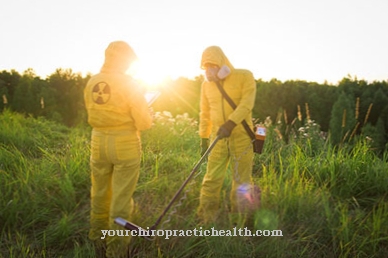
.jpg)
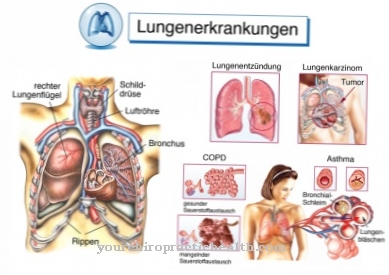
.jpg)
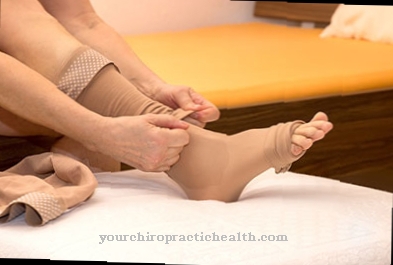







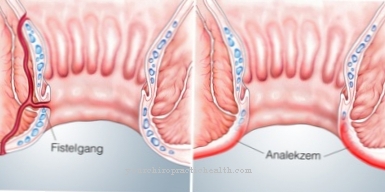

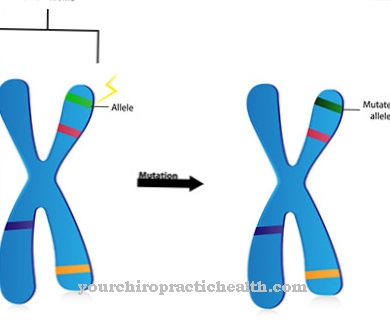
.jpg)



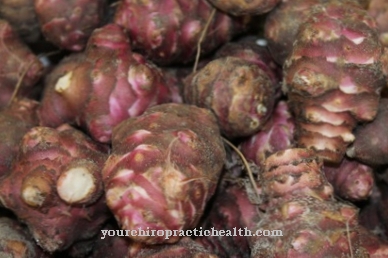
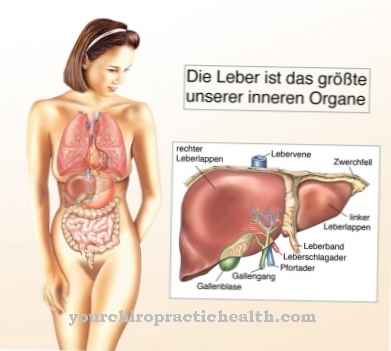
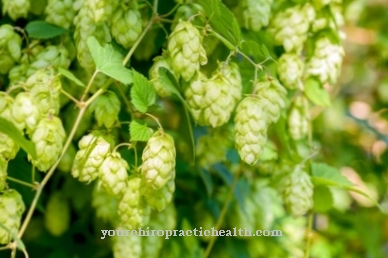
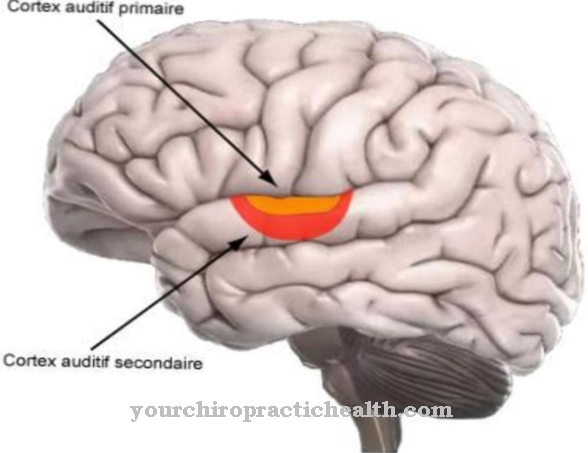
.jpg)
